Pseudo Picassos, counterfeit Chagalls and other fakes are on display at London's Victoria and Albert Museum as part of a police exhibition intended to warn art dealers of the dangers of forgeries.
Except for the absence of the general public, the exhibition looks like any other art gallery display, albeit slightly more temporary, and the talk has centred on crime, rather than composition.
The arts and antiques unit of the Metropolitan Police invited dealers from across Britain to see the police collection of fakes and to send a message that money earned from the sale of forged works fuels crime gangs around the world.
For the art world, the danger is that forgeries can devalue the real thing. Documentation - allegedly authenticating a piece of art - can be forged, Detective Sergeant Vernon Rapley said, so even those works that are accompanied by a detailed provenance can be suspect.
Art historian Thomas Hoving, former director of the Metropolitan Museum of Art in New York, once estimated that up to 40 per cent of the market is comprised of some type of forgery.
"It made you fascinated by the terrifying skills of some of these people," Fiona Ford of Lapada, The Association of Arts & Antiques Dealers, said of the exhibition.
"It's terribly depressing how the sale of these fakes is fuelling these other crimes. If every dealer saw this exhibition, it would further impress on them how careful they have to be."
John Drewe - who worked in Britain 20 years ago - is one of the more famous art criminals, police said. His partner in crime, John Myatt, would copy the works of Marc Chagall, Georges Braque and Ben Nicholson.
Drewe would create the documentation to pass them off as genuine. A few hours' work could net the pair thousands of pounds, Rapley said.
Myatt assisted police in the investigation of Drewe, and served one year in prison. Drewe was sentenced to six years in prison and ordered to pay 125,000 pounds (Dh831,250) in restitution. Officers said Drewe may have made as much as 1 million pounds (Dh6.65 million) from the scheme.
The work of the duo could continue to devalue art in the future as there may be as many as 100 Myatt fake paintings still on the market, Rapley said.
After completing his jail term, Myatt is now taking orders for what he calls "genuine fakes" in the style of famous artists, some of which can cost as much as 5,000 pounds (Dh33,250).
Drewe's work included planting faked catalogues, which experts rely on to authenticate a work, in the libraries of legitimate art dealers - which Rapley said is ultimately more damaging. He said that scam could cause a real painting with little documentation to be valued at less than a fake with Drewe's forged provenance.
"That would obviously be a very sad day for the history of art," Rapley said.
Brothers Robert and Brian Thwaites were renowned also forgers, noted for their attention to detail. The pair duped two dealers out of more than 120,000 pounds (Dh798,000), and came under suspicion when they tried to sell a third painting.
When police raided their studio, they found a fake intended to look like a work by 20th century animal painter Edgar Hunt - still drying on the easel, Detective Constable Michelle Roycroft said.
In addition to Hunt, the brothers also forged Victorian painter John Anster Fitzgerald - famous for paintings of fairies.
They were convicted in September of deception. Robert Thwaites, was sentenced to two years in prison. Brian Thwaites received a suspended one-year sentence.
Because of their close attention to detail - they used materials from the era of the artists they copied, and even stuck scraps of Victorian newspapers to the backs of canvasses to make them look more authentic - it was difficult to detect the forgeries, she said.
When the art unit executes a search warrant, they often find drugs and evidence of other crimes, such as fake Rolex watches, Detective Constable Ian Lawson said.
Another thriving area of forgery is the faking of archaeological finds - allegedly from the Middle East - and counterfeit articles have been sold to tourists and unsuspecting collectors for up to 2,000 pounds (Dh13,300), he said.
The police worry that the money generated by such forgeries goes toward funding other crimes and terrorism. "We know for a fact that there is a terrorism link," Lawson said.
"Archaeological stuff is being exported by the ton load from Middle Eastern countries. If the money goes back into criminality, some will inevitably end up in the hands of terrorists."


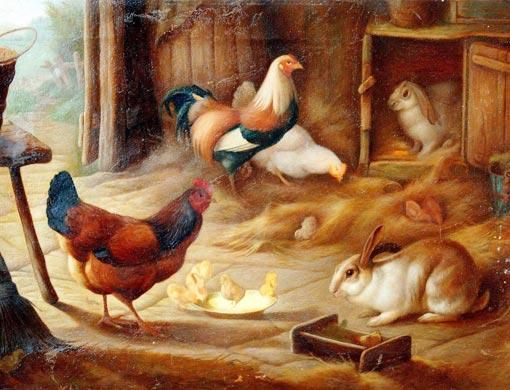
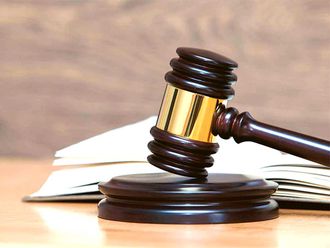
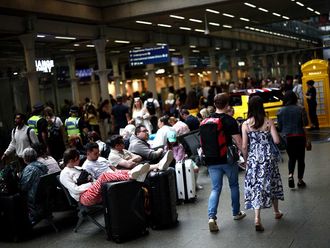

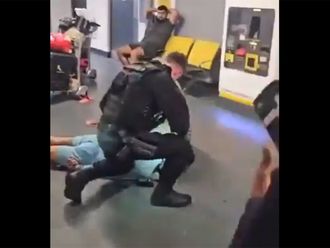


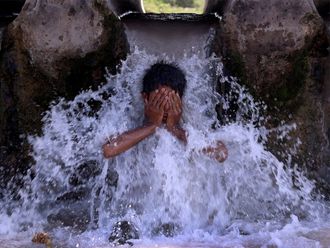

_resources1_16a30b3523c_small.jpg)

